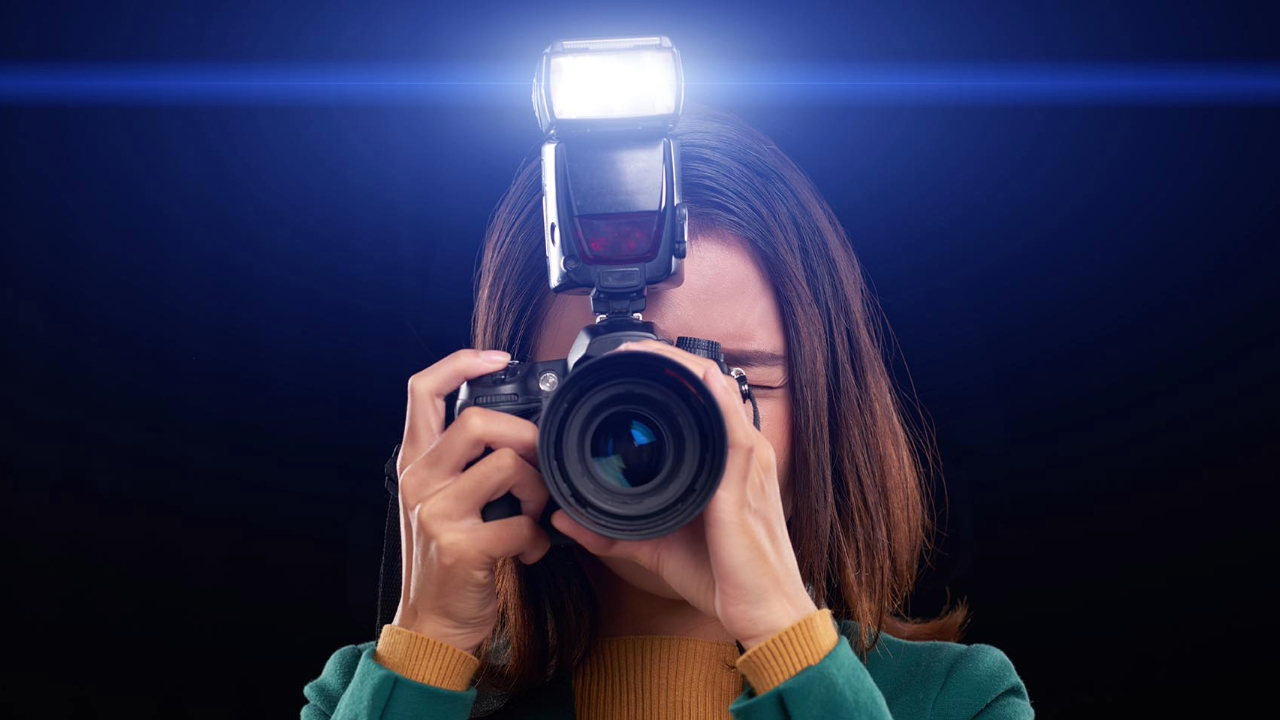Photography is an art that requires practice, patience and knowledge. With the advanced technology of modern cameras, whether smartphones or DSLRs, anyone can learn to take professional photos. However, understanding how to capture the best image in different situations is still a challenge for many. This comprehensive guide is designed to help you master the essential techniques for capturing professional photos in any situation, from low-light environments to fast-moving scenes.
Know Your Equipment
Before we dive into specific techniques, it's crucial that you know your equipment well. Be it a DSLR camera, a mirrorless camera or a smartphone, each device has its own settings and capabilities. Read the manual, explore the functions, and familiarize yourself with shooting modes, ISO, aperture, and shutter speed. Knowing your equipment is the first step to taking professional photos.
Light Control
Lighting is one of the most important aspects of photography. Here are some tips for different light conditions:
Natural light
Natural light is often the best option for high-quality photographs. The “golden hour” – the first hour after sunrise and the last hour before sunset – offers soft, warm light that is ideal for portraits and landscapes. Avoid shooting at midday, when the light is very harsh and creates unwanted shadows.
Artificial Light
Indoors or at night, you may need to rely on artificial light. Use LED lamps or continuous lights to evenly illuminate the subject. If you're using a flash, consider diffusing the light with a softbox or diffuser to avoid harsh shadows.
Camera Settings
Correctly adjusting your camera settings is critical to capturing the best image possible:
ISO
ISO determines the sensitivity of the sensor to light. In well-lit environments, keep the ISO low (100-400) to avoid image noise. In low light conditions, increase the ISO, but be careful not to overdo it as this can add grain to the photo.
Opening
Aperture controls the amount of light entering the camera and affects depth of field. A larger aperture (smaller f-number) creates a blurred background, ideal for portraits. A smaller aperture (larger f-number) is better for landscapes, where you want everything to be in focus.
Shutter Speed
Shutter speed determines how long the sensor is exposed to light. For fast-moving scenes, such as sports or wildlife, use a fast speed (1/500s or faster). For long exposure photographs, such as nightscapes, use a slower speed (1/30s or slower), but use a tripod to avoid blur.
Image Composition
Composition is essential to creating a visually appealing image:
Rule of Thirds
Divide the canvas into nine equal sections with two horizontal and two vertical lines. Place the most important elements of your photo along these lines or at the points where they intersect for a balanced composition.
Guide Lines
Use natural lines in the scene, such as roads, fences, or rivers, to guide the viewer's eye through the image. Guidelines can add depth and direction to your photo.
Framework
Use elements in the foreground, middle, and background to add depth to your image. Framing your main subject with objects in the foreground can create a sense of context and dimension.
Specific Techniques for Common Situations
Portraits
When taking portraits, focus on the subject's eyes and use a wide aperture to blur the background. Experiment with different angles and positions to find the most flattering light.
Landscapes
For landscapes, use a small aperture to ensure everything is in focus. Early morning or late afternoon light can add drama and beauty to the scene.
Night Photography
For night photography, use a tripod to avoid shaking. Increase the ISO and use a slower shutter speed. Capture the movement of stars or city lights to create stunning effects.
Action Photography
For action scenes, like sports or moving animals, use a fast shutter speed to freeze the motion. Track your subject with the camera to stay focused and capture the action.
Photo Editing
Even the best photos can be improved with a little editing. Use software like Adobe Lightroom or editing apps on your smartphone to adjust brightness, contrast, saturation and sharpness. Experiment with filters, but keep the image natural.
Conclusion
Capturing professional photos in any situation requires practice, patience and knowledge of the right techniques. By understanding your equipment, controlling the light, adjusting your camera settings, composing the image appropriately, and using specific techniques for different situations, you'll be on your way to taking stunning photos. Don't forget to edit your photos to add the finishing touch and highlight the beauty of your images. With these tips, you'll be ready to turn any situation into an incredible photo opportunity.


